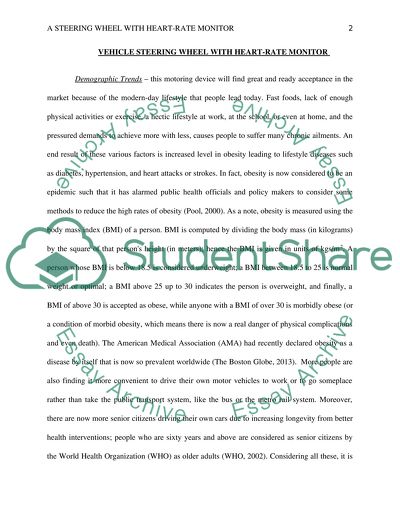Cite this document
(“Innovation, Assignment Example | Topics and Well Written Essays - 3500 words”, n.d.)
Retrieved from https://studentshare.org/engineering-and-construction/1485525-innovation
Retrieved from https://studentshare.org/engineering-and-construction/1485525-innovation
(Innovation, Assignment Example | Topics and Well Written Essays - 3500 Words)
https://studentshare.org/engineering-and-construction/1485525-innovation.
https://studentshare.org/engineering-and-construction/1485525-innovation.
“Innovation, Assignment Example | Topics and Well Written Essays - 3500 Words”, n.d. https://studentshare.org/engineering-and-construction/1485525-innovation.


